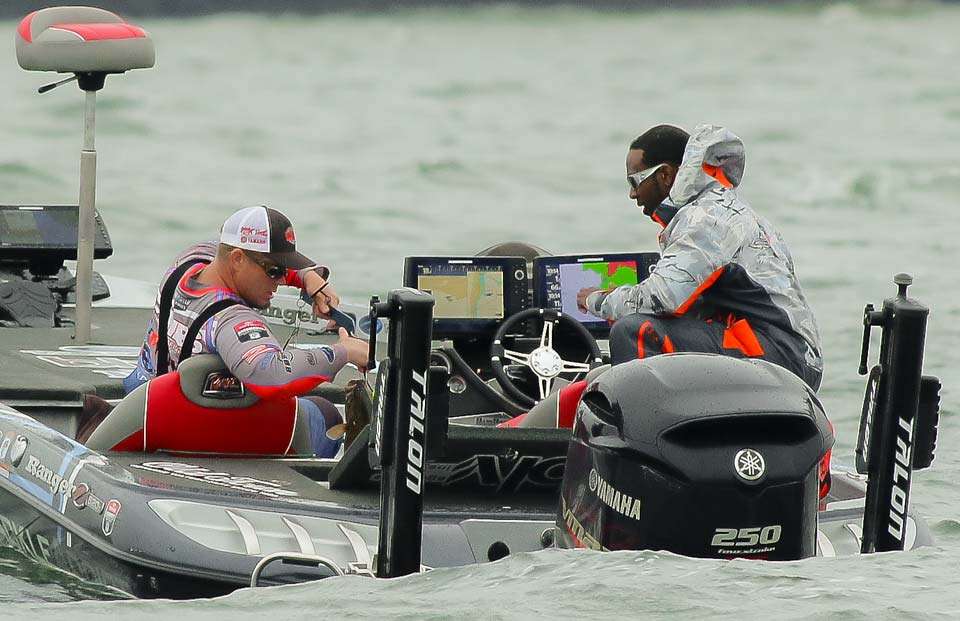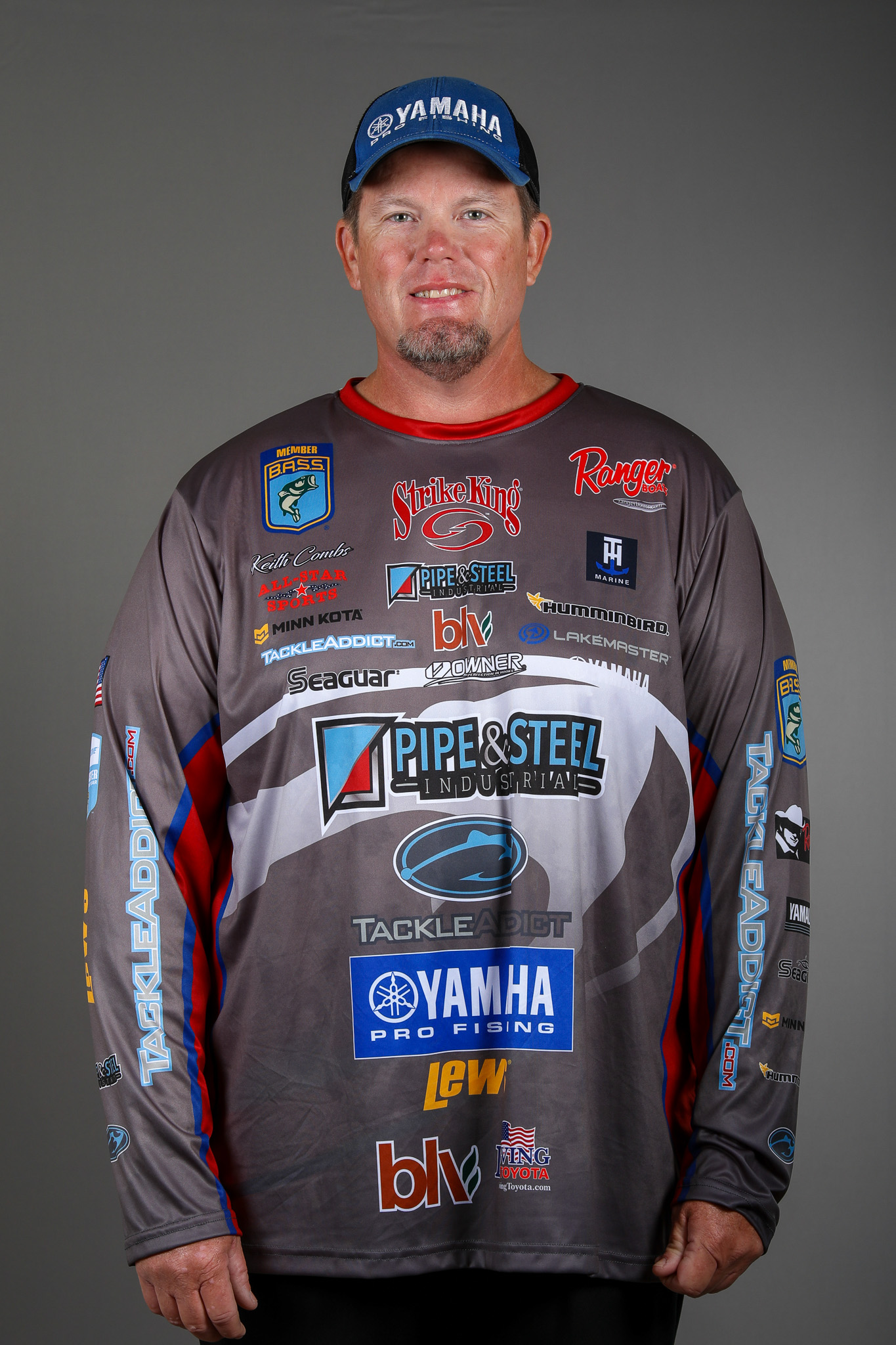
Last year around this time I wrote a column arguing that new technology would define the 2017 Bassmaster Elite Series. I think that prediction was pretty much dead on, because many of the key successes throughout the year were attributable to the fact that certain anglers were able to maximize the advantages of their high-tech gear. Indeed, my win at Mille Lacs might not have been possible without the Spot-Lock feature on my Minn Kota Ultrex trolling motor, which kept me in one spot as long as I wanted despite the fact that there were immense waves rolling in my key area.
Despite that one personal example, I don’t think that I followed my own advice particularly well. I used Spot-Lock like crazy, but there were plenty of times when other features would’ve given me an edge and I didn’t use them.
For example, in the season opener on Cherokee Lake, I had a terrible practice, but by Day 3 of the tournament I had locked into five productive waypoints on one big flat. I ended up running the trolling motor manually from one to the next, but I could’ve used the “Go To” feature on my Ultrex to get me there. Meanwhile, I could’ve retied or reorganized my tackle during that valuable time. I finished 13th, just 7 ounces out of the Top 12 cut. While there are no guarantees that anything would’ve been different, I’d like to think that if I’d had 30 more minutes of casting over the course of three days I might’ve made up the difference.
At Toledo Bend I was on a decent group of fish – not the winning bag, but enough to do better than my 43rd place finish if I’d fished more efficiently. They were relating to outside grass lines, and I could catch them with a Carolina Rig or a crankbait. I could’ve used my electronics to automatically follow the contours, but I didn’t, and once again I think it made me slightly less effective.
Similarly, in hindsight I should’ve used the “Jog” feature at Rayburn to move me up 5 feet at a time. Instead, on a lake that I know very well and where I feel very comfortable, I did not make a Top 12 cut.
At the St. Lawrence River I was fishing for smallmouth on big flats, and by the end of practice I had three or four clusters of waypoints that were aggregated for no apparent reason. In that situation, I often go through an area with a jerkbait or a crankbait trying to pick off a few fish here and there, but if I’d used the Backtrack feature I could’ve controlled my speed and followed a more perfect path.
All of those finishes I cited above had me inside the money cut, and overall 2017 was a good season for me, but I want to get better. One way to get to that goal is to make a conscious effort to improve the use of my gear. It’s not really something that you can learn in the heat of competition, when the stakes are at their highest, so I’ve spent a lot of time this offseason familiarizing myself with their applications. Part of the struggle is reminding yourself to use them – we all fall back upon old habits when we’re out on the water – but the more you do it, the more natural it feels.
I encourage you to likewise make it a goal to understand and employ technology better this year. We all want the latest and greatest equipment, and many of us are willing to pay for it, but if you just set your graphs to “auto” and leave them there, you’ve squandered some serious bucks and opportunities.
Competition is getting tougher at every level of the sport, and every legal and ethical edge you can get can be a difference maker. Believe me, the Elite Series is stronger than ever from top to bottom, and every point counts. Had I been better with my equipment last season, I might not have bridged the gap between myself and the AOY title, but I would’ve had a better shot at it.
Once again, I’m going to predict that technology will define the upcoming season. I’m sorry to repeat myself, but I believe it to be true, and if I say it more often maybe I’ll be more likely to utilize it more effectively at every possible opportunity.

